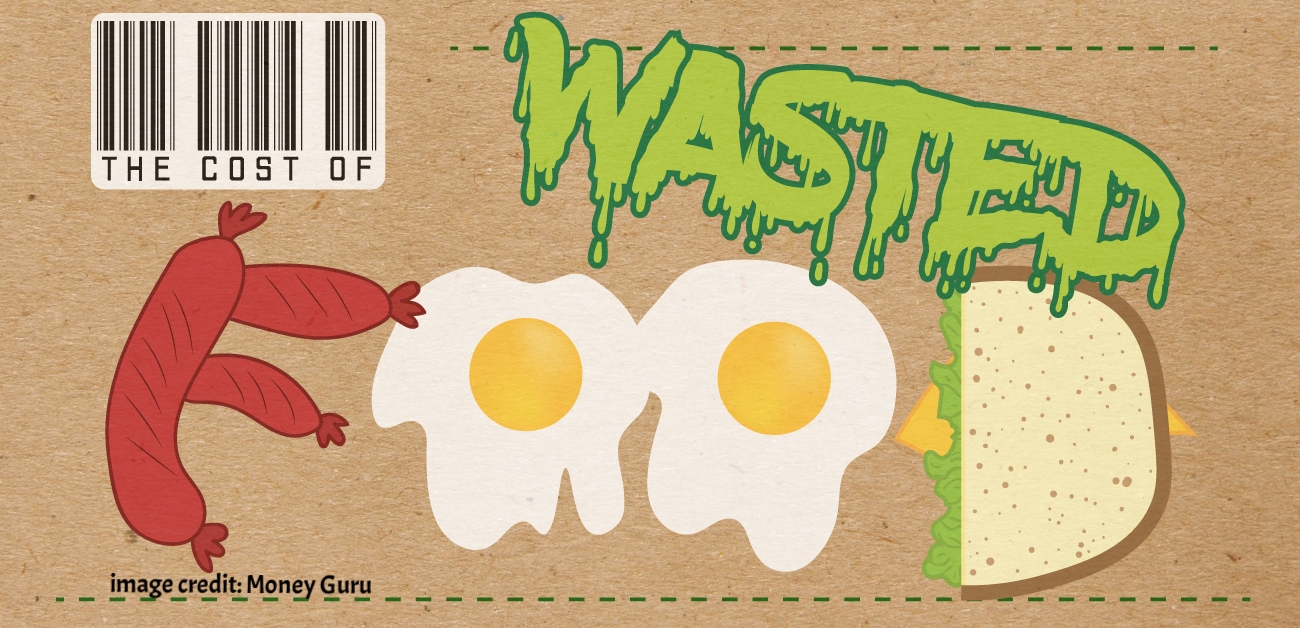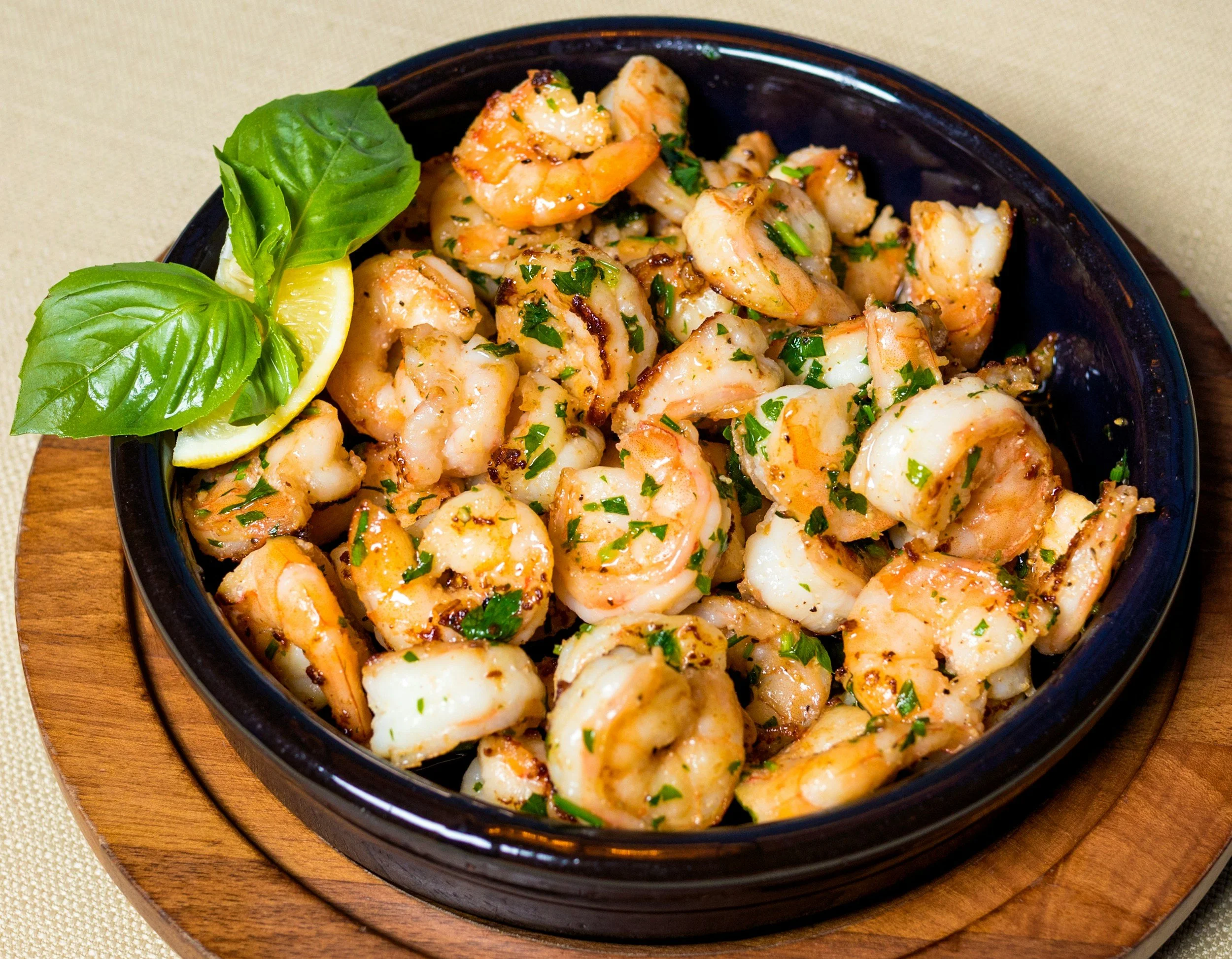Sustainable Food Waste Innovations: Transforming Waste into Resources
/Once a scarce, precious commodity, we’ve now engineered food into abundance throughout much of the world. And although this solves our survival problem, it’s created an all-new crisis of epic proportions in its place. Food waste.
Fields overflow with crops, supermarkets brim with choices, and restaurants serve portions fit for small villages. It’s a Pandora’s Box tale of unintended consequences, where our pursuit of progress has released unforeseen challenges that can’t be easily reversed. But as the age-old myth goes, there is hope. Hope has arrived – in part -- in the form of emerging sustainable waste innovations, particularly in the field of transforming waste into resources.
Understanding the Full Picture of the Problem
One-third of all food produced (roughly 1 billion metric tons) is wasted each year. To put this in a more personal perspective, this means that on average, each person wastes around 74 kg of food each year, which equates to around US$1 trillion that is lost within the global economy, according to the World Food Programme.
These are numbers hard to fully imagine, but they are no less a reality that has enormous consequences.
The Environmental Toll
The crisis of food waste comes at a steep price, and it’s arguably the environment that is paying the heaviest toll. Food that doesn’t get consumed needs to go somewhere, and, often, it is forced into landfills, where it is essentially left to fuel the climate change crisis.
As decomposing food fills these landfills, it releases methane, a greenhouse gas with 28 times the warming potential of CO2. In fact, it is estimated that around 12% of global greenhouse gas emissions come from food waste. Though its contribution to global warming is only part of the problem, we also must consider the millions of gallons of water that are wasted as a result and the vast tracts of land that are cleared to make way for crops that never reach our plates.
The Economic Toll
When food is wasted, it's not just the food itself that is lost. From farm to fork, huge amounts of costly resources are poured into food production. The seeds, the water, the fertilizer, the labour, the transportation—all these costs are incurred before the food even reaches the consumer. Therefore, when food is discarded, it's essentially money down the drain, causing financial losses that cascade through the supply chain.
Farmers lose potential income, retailers face reduced profits, and consumers ultimately bear the brunt of higher prices for the food that does manage to reach them. This burden is compounded even further when we consider the additional costs of food waste management and disposal, where local governments and economies are left to fit the bill.
The Social Toll
And then there's the social impact. While indeed much of the world faces the consequences of plenty, severe food insecurity remains a reality for millions. Still, beyond the immediate suffering caused by hunger, this drastic gap between those who have too much and those who have too little fuels social unrest, exacerbates poverty, and perpetuates cycles of inequality.
In communities experiencing food insecurity, the waste of perfectly edible food is a source of deep frustration and resentment. It's a tangible symbol of a system that fails to meet the basic needs of its most vulnerable members, further marginalizing them and undermining their dignity.
Rethinking “Waste”
Fortunately, a new generation of innovators, entrepreneurs, and scientists is refusing to accept waste as inevitable. Instead, they are finding new, ingenious, and sustainable ways to transform discarded food into valuable resources and moving towards a more circular economy where food waste isn't an end but a valuable input. In a circular economy for food, resources are aimed at being utilized to their fullest potential.
Thereby, instead of ending up in landfills, this would-be waste becomes the raw material for new products. This not only reduces waste but also lessens the need for virgin resources, contributing to a more sustainable and resilient food system.
Some of the most effective strategies for reducing food waste and closing the loop include the following:
Upcycled Food Products
Food waste doesn't always mean inedible. The upcycling of food waste is a creative and innovative way to reduce waste. Entrepreneurs and food manufacturers are recognizing the potential of upcycled food products.
They are creating new brands and product lines that celebrate the unique flavours and textures of these ingredients while also promoting a more sustainable and equitable food system.
For example, "ugly" fruits and vegetables that don't meet aesthetic standards for grocery stores can be transformed into juices, sauces, or dried snacks. Surplus or imperfect ingredients can be used to craft unique and flavourful products like fruit spreads, veggie burgers, or baked goods.
Animal feed production
Certain food scraps and byproducts that may not be suitable for human consumption can find new purpose as animal feed. Discarded fruits, vegetables, grains, and byproducts from food processing often retain significant nutritional value. These materials can be processed and incorporated into animal diets, reducing the demand for resource-intensive feed crops.
This both helps to minimize food waste as well as offers a more sustainable and cost-effective solution for livestock farmers. However, it is essential to ensure that the food waste used for animal feed meets strict safety and nutritional standards to maintain animal health and product quality.
Biogas Production
Food waste can be harnessed as a valuable energy source through a process called anaerobic digestion. This process involves a series of stages in specialized facilities where microorganisms break down organic matter in an oxygen-free environment to create biogas, a mixture primarily composed of methane and carbon dioxide. This versatile biogas can be combusted to generate electricity, providing a renewable energy alternative to fossil fuels. Additionally, it can be upgraded to biomethane, which is considered a substitute for natural gas and is used for heating or as a transportation fuel.
The residual material from anaerobic digestion, digestate, is rich in nutrients and can be applied as a natural fertilizer. Many companies are now developing advanced anaerobic digesters that optimize the biogas production process, making it more efficient and scalable. These systems can handle large volumes of food waste from various sources, including households, restaurants, and food processing plants.
Food Waste Bioplastics
By extracting starches, sugars, and other organic compounds from discarded food, we are now able to create biodegradable plastics through processes like bacterial fermentation and chemical synthesis. Polylactic acid (PLA), resulting from the fermentation of food waste sugars, is a prime example. PLA has properties comparable to those of traditional plastics, making it suitable for various uses such as packaging, textiles, and 3D printing.
The key advantage of PLA and similar bioplastics is their biodegradability. Under the right conditions, microorganisms can break down these materials. Additionally, bioplastic production generally requires less energy and generates fewer greenhouse gas emissions compared to traditional plastic production processes.
Fertilizer Production
Fortunately, the nutrients locked within food waste are not lost when it's discarded; they can be reclaimed to feed new crops. Transforming food waste into fertilizer can take different forms. Composting is likely the most common method, where organic materials decompose naturally in the presence of oxygen, resulting in nutrient-rich compost. This humus-like material enhances soil fertility, water retention, and overall plant health.
Other techniques, like vermicomposting (utilizing worms) or bokashi fermentation (anaerobic fermentation using inoculated bran), offer alternative routes to create nutrient-rich soil amendments. Modern composting facilities often employ advanced aeration and monitoring systems to optimize the decomposition process, control odour, and produce high-quality compost from diverse food waste streams.
Conclusion
As we continue to explore and implement innovative solutions, we are moving towards a future where food waste is minimized, resources are maximized, and the true potential of our food system is realized. This is not just about reducing waste; it's about reimagining the possibilities and building a more resilient and sustainable food system.
About the Author:
Baily Ramsey is a writer at Shapiro Enterprises, an organic waste management and recycling company. Specializing in educational content creation, she creates content for various industries, with a particular interest in environmental initiatives










































Once a scarce, precious commodity, we’ve now engineered food into abundance throughout much of the world. And although this solves our survival problem, it’s created an all-new crisis of epic proportions in its place. Food waste.